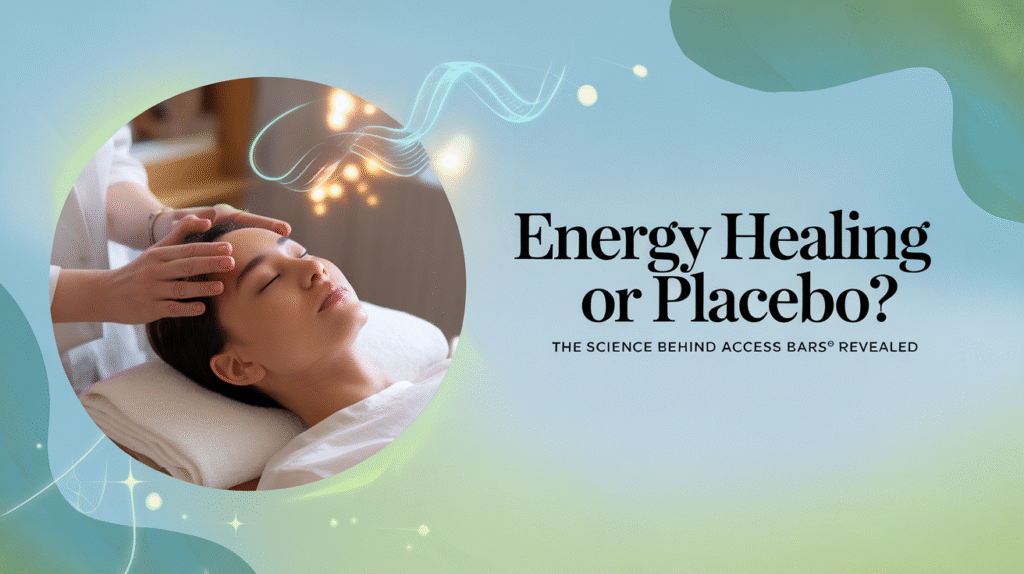A pair of gentle fingertips rests on the scalp, and within minutes, some clients swear their minds feel as clean as a just-wiped chalkboard. The technique is called Access Bars®, and its fans claim that touching thirty-two specific points on the head can erase stress, spark creativity, and even ease chronic pain.
“Light pressure on the scalp has gained a heavyweight following.”
First taught in the early 1990s, Access Bars® begins with the idea that thoughts, emotions, and memories store tiny electrical charges in the brain. Practitioners say that holding each point, linked to topics like money, control, or sadness, lets those charges drain away, like pulling the plug on a buzzing phone. A full session lasts about an hour, during which many receivers report warmth, tingling, or a drifting, dreamlike state.
“The method treats the head like a battery that can be safely discharged.”
Sceptics argue that good feelings might come from simple relaxation rather than mysterious energy flow. Science does agree that a soft touch can flip the body from fight-or-flight into rest-and-digest. When the vagus nerve senses safety, heart rate slows, muscles loosen, and stress hormone levels fall. Whether the thirty-two points have special powers or are just a convenient roadmap for calm remains an open question.
“Relaxation itself is a proven medicine, no matter how it is delivered.”
Small studies have tried to peek deeper. In 2017, a pilot experiment at the National University of Ireland hooked volunteers to EEG caps that read brain waves. After a single Bars session, participants showed increased alpha and theta activity patterns linked with meditation and creative daydreaming. Anxiety scores dropped by an average of twenty-three per cent, while depression scores fell by sixteen per cent. The catch? The study involved only seven people, had no control group, and lasted one day.
Another investigation, published in 2019, compared Access Bars® with a placebo touch on sixty adults under high stress. Both groups rested on a table, yet only the Bars group reported a significant rise in subjective well-being. Saliva tests also revealed a sharper decline in cortisol. Still, critics note that the placebo team likely guessed they were in the sham condition, which may have dulled their expectations and skewed the results.
“Mind-body research gets tricky when belief itself changes chemistry.”
Placebo does not mean fake; it means powered by expectation. In medical trials, sugar pills have eased pain, calmed irritable bowels, and even boosted Parkinson’s motor function, all because the brain released natural opioids or dopamine when volunteers trusted they were getting help. If Access Bars® works through similar pathways, that is still a real, measurable outcome, especially for people seeking non-drug options.
So, where does that leave someone curious about booking a session? Think of Access Bars® like a guided nap mixed with reflexology. Safety records show few side effects beyond occasional lightheadedness, and sessions cost about the same as a massage. People with epilepsy or severe psychiatric conditions should consult a doctor first, since any deep relaxation technique can stir unusual sensations. For everyone else, one practical test is to check for certified practitioners, read reviews, and gauge personal comfort with the method.
“An open mind works best when paired with open eyes and good questions.”
In the end, the science around Access Bars® is still unfolding. Early findings suggest it may quiet busy brains and ease stress, yet larger, blinded studies are needed to prove the effect outshines a well-designed placebo. Until then, the practice sits at a crossroads of touch therapy, positive expectation, and gentle energy work. If thirty-two points on the head sounds inviting, try a session, track mood and sleep for a week, and decide whether the benefits feel tangible or merely fleeting. After all, the most convincing evidence often comes from the body paying its silent attention.

